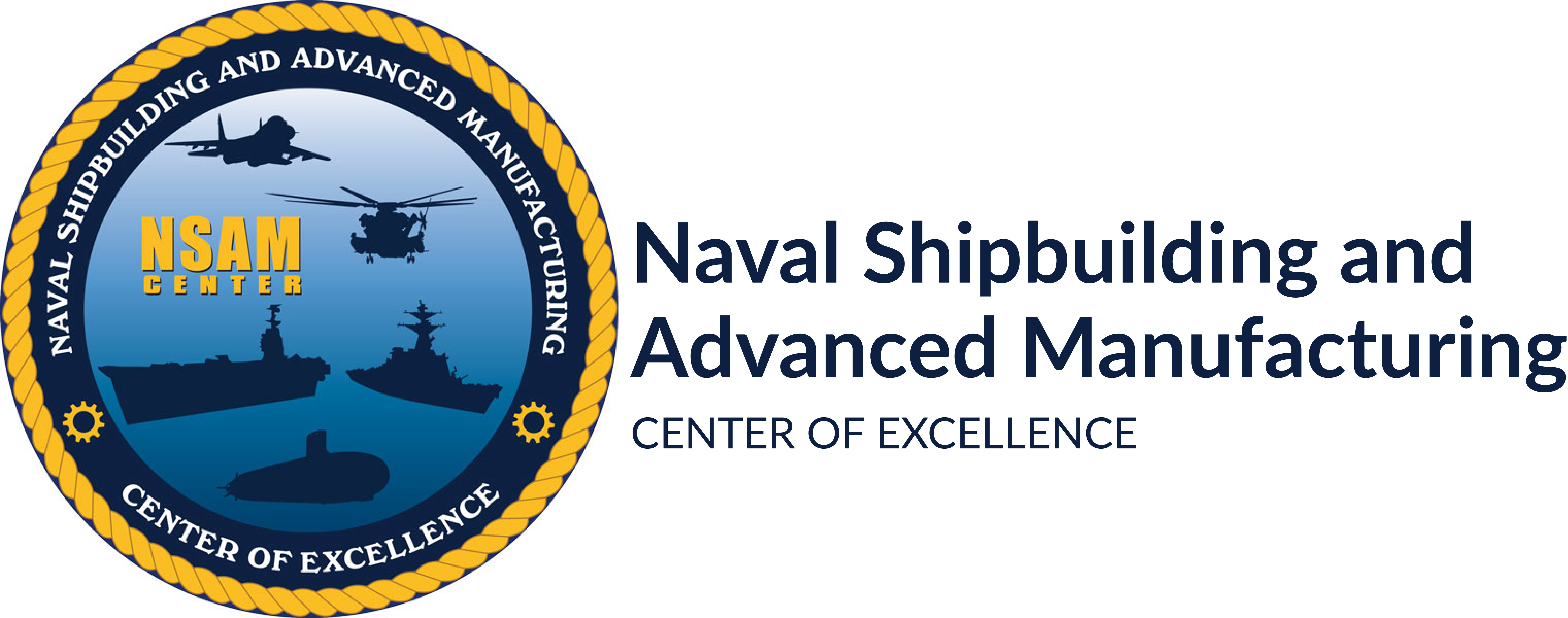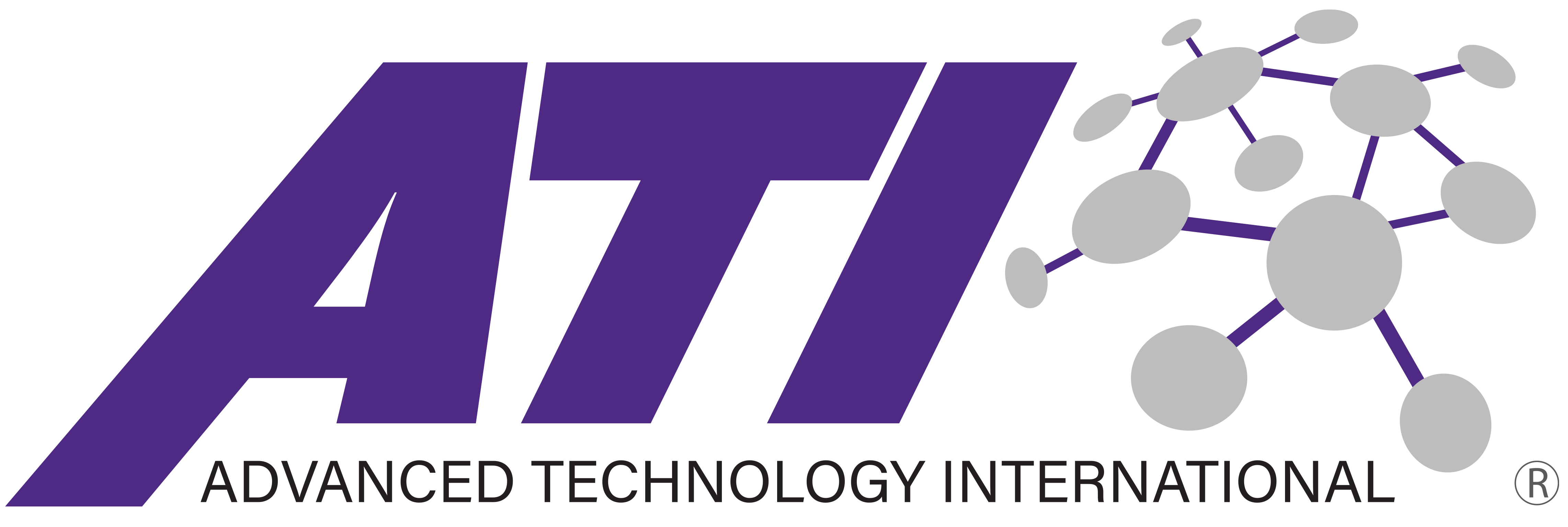Project Participants: Northrop Grumman Shipbuilding
Project Start: November 2004
Misplacement or loss of material and data in a ship-focused organization can create considerable disruption in the workflow. The details of where the material/data is needed and when needed are critical to the successful completion of the vessel and to control construction costs.
Misplaced material can result in the re-manufacture or re-purchase of an item. Even if found, the shipyard may not be able to use the misplaced item in another location or on a follow-on vessel, depending on the timing and construction schedule.
Interrupting the flow of materials through the shipyard can result in additional costs by causing a temporary lack of materials, tools or data at a work station, increased in-process inventory levels, unplanned reallocation of workers, etc.
Various technologies and management methods have been combined to enable successful overnight delivery companies to move millions of items, each to a unique address, thousands of miles overnight with losses and delays measured in fractions of a percent. At the same time, top-performing companies in other large-construction industries use techniques that may be applicable to U.S. shipbuilding. Some combination of these technologies and methods can be effectively applied to improve the shipbuilding internal supply chain management processes for large, complex Navy ships.
Northrop Grumman Ship Systems leads a project team that seeks to employ advanced management techniques and technologies to develop a total system to eliminate this problem. The system will include mechanisms to treat material movement the way other major construction tasks are treated, i.e., to discretely plan and schedule, efficiently execute and continuously monitor the process. Applying such discipline, Lean principles and information management technology will reduce misplacement and loss.
Technologies for this project may include vehicle and pallet innovations to promote smaller transport batches, material and transportation vehicle tagging methods (e.g., radio frequency identification), wireless data collection and processing and smart planning and simulation tools. These tools will help develop a delivery process that is discretely planned and optimized.
Project Related Reports & Documents




